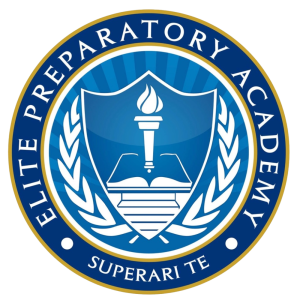UNIT 7: Oscillations
Section outline
-
Developing Understanding
In Unit 7, students deepen their understanding by applying previously learned models and analytical methods to the topic of simple harmonic motion. This unit emphasizes that, even when faced with unfamiliar scenarios, the fundamental laws of physics continue to apply. Now equipped with essential tools such as energy bar charts, free-body diagrams, and momentum diagrams, students are supported through scaffolded lessons that reinforce the principles and boundaries of physics as they pertain to oscillating systems. Learners will be expected to use their accumulated skills to justify claims and make connections between new concepts and those encountered in earlier topics.
Building Science Practices
• 1.A, 1.C, 2.A, 3.C: Throughout Unit 7, students repeatedly practice creating graphs (1.C), which may depict force, energy, or momentum as a function of position or time for a given scenario. These graphical representations help students connect physical concepts and interpret relationships across different forms. Building models to represent real-world situations (1.A), then translating those models into symbolic expressions (2.A), enables students to justify or support claims about oscillating systems (3.C).
Preparing for the AP Exam
The second free-response question on the AP Physics C: Mechanics Exam is the Translation Between Representations (TBR) question. This question requires students to construct both graphical and verbal models for a scenario and then relate these models to the corresponding mathematical representations. Similar in concept to the Qualitative/Quantitative Translation (QQT) question, the TBR entails generating multiple types of representations and describing the relationships among them. The representations in the TBR, however, differ in nature from those in the QQT.
For example, students may be asked to sketch free-body diagrams of a block oscillating on a spring, both at maximum displacement and at equilibrium. They may also be tasked with creating energy bar charts for the block–spring system at those two points and then explaining how the diagrams and charts correspond. While Unit 7 offers especially useful practice for the TBR question, content from any unit may appear in this section of the AP Exam.
-
7.1.A Describe simple harmonic motion.
-
7.2.A Describe the frequency and period of an object exhibiting SHM.
-
7.3.A Describe the displacement, velocity, and acceleration of an object exhibiting SHM.
-
7.4.A Describe the mechanical energy of a system exhibiting SHM.
-
7.5.A Describe the properties of a physical pendulum.
-
